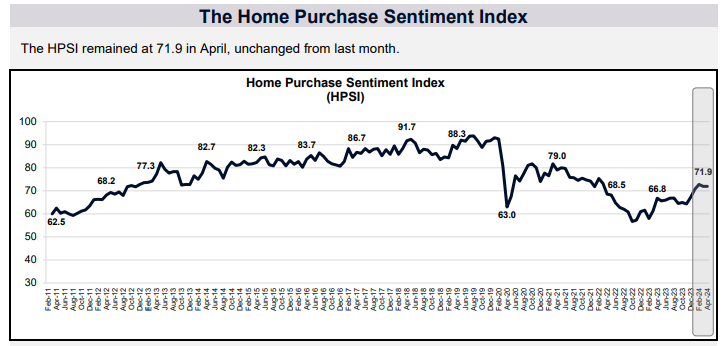The Health of Community Banks Receives New Attention

The state of community banking has taken on a new urgency, with the release of a study highlighting this sector’s decline over the past two decades and congressional testimony by an official of the Federal Deposit Insurance Corporation (FDIC) that acknowledges the regulatory burden felt by smaller financial institutions.
According to the new study “The State and Fate of Community Banking” by Marshall Lux, a senior fellow with the Mossavar-Rahmani Center for Business and Government at Harvard Kennedy School, and Robert Greene, a research assistant with the Center, 40 percent of community banks have disappeared since 1994. While the quantity of community banks remains considerable—6,094 as of mid-2014, compared to 100 large banks—their banking assets have dropped precipitously in two decades, from 41 percent to 18 percent.
The study found that the passage of the Dodd-Frank Act has exacerbated the problem, with community bank small business lending dropping 11 percent since the 2010 law went into effect while the share of banking assets by small community banks dropped 19 percent.
"Dodd-Frank's regulatory burdens are driving consolidation, and could result in lending markets less able to serve core economic demands,” the study stated.
The shrinking number of community banks can create disruptions to the nation’s economy, the study warned, since these institutions play a disproportionately large role in certain financing endeavors: Community banks originate 77 percent of agricultural loans and more than half of all small business loans.
“Their financials are different than those of the bigger banks, with less leverage and less-robust returns, and they tend to use less technology,” the study noted said. “They are not as deeply involved in the capital and markets as larger banks. Their earnings stream is also less diverse, making them more vulnerable to disruption.”
On the residential mortgage side, the study found that community banks command 25 percent of the overall bank lending market for this sector, originating more than $1 trillion in home loans. And the quality of their mortgages is also substantial: the default rates in 2013 for loans secured by one- to-four-family residential properties were 3.47 percent for community banks, compared to 10.42 percent for the larger banks. But the study also warned that community banks are having difficulty moving forward due to the heavy regulatory burden imposed on them over the past several years.
“One of the most significant problems community banks face is the sheer volume of banking regulations and the seeming lack of coordination,” the study said. “In fact, according to one estimate, Dodd-Frank will increase total U.S. financial regulatory restrictions 32 percent relative to 2010 levels once all of its rulemakings are complete. The legal costs for community banks associated with more regulations are inherently a larger portion of overall revenue than for larger institutions, making any form of compliance more difficult. Thus, policymakers should strive to create a more reasonable and streamlined regulatory system that is consequently less burdensome to these unique institutions.”
The regulatory burden on community banks was the subject of testimony presented today by Doreen R. Eberley, director of the FDIC’s Division of Risk Management Supervision, at a hearing held by the U.S. Senate Committee on Banking, Housing, and Urban Affairs.
“The FDIC and other regulators are actively seeking input from the industry and the public on ways to reduce regulatory burden,” said Eberly, noting that her agency and other regulatory entities review their regulations at least once every decade to determine if regulations have become burdensome or antiquated. “As the primary federal regulator for the majority of community banks, the FDIC is keenly aware of the impact that its regulatory requirements can have on smaller institutions, which operate with fewer staff and other resources than their larger counterparts.”
While not promising specific new changes to the current regulatory regimen, Eberly insisted that the FDIC encouraged input from community banks on how to address perceived regulatory burdens. Eberly highlighted efforts to lift the regulatory weight placed on community banks in regard to the Volcker Rule and federal regulatory capital rules. And in what could be seen as a thinly-veiled swipe at the one-size-fits-all regulatory regimen imposed on financial institutions by the Consumer Financial Protection Bureau, Eberly pointed out how her agency works to meet the unique situations of the banks under its regulatory umbrella.
“The FDIC has long tailored its supervisory approach to the size, complexity, and risk profile of each institution,” she said. “This approach is embedded throughout our supervisory program, which includes issuing rulemakings and guidance, and maintaining a highly trained and professional examiner cadre to conduct periodic, on-site examinations and ongoing monitoring. The FDIC considers the size, complexity, and risk profile of institutions during the rulemaking and supervisory guidance development processes and on an ongoing basis through feedback we receive from community bankers and other stakeholders. Where possible, we scale our regulations and policies according to these factors.”





